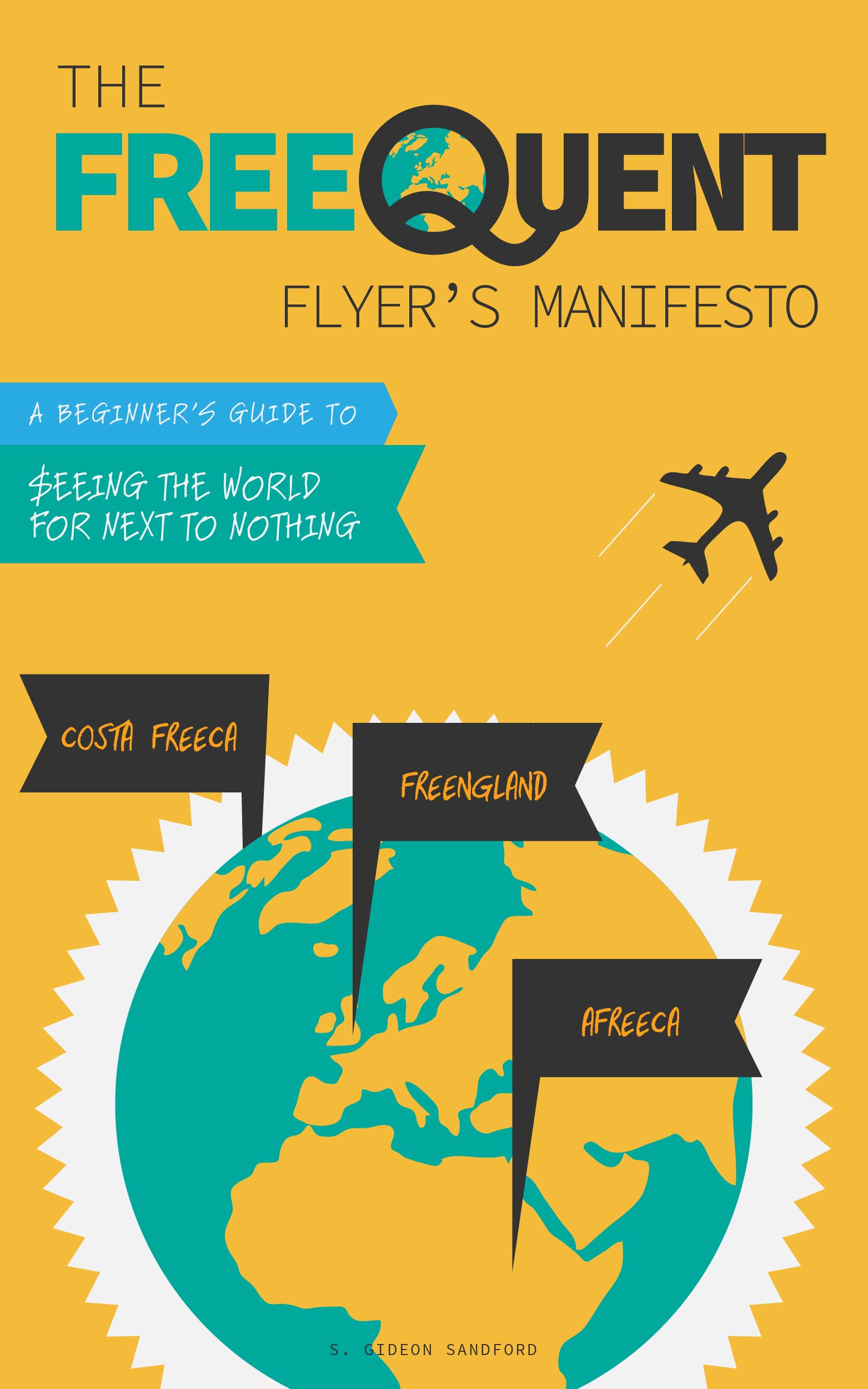Travelling on international premium cabin award tickets is one of the most lucrative uses you can make of your airline miles and flexible credit card points. The example I usually give is a 100,000 United MileagePlus award to Europe in Business Class. If you manufacture those points at .79 cents each, you'll pay $790, plus up to a few hundred dollars in taxes and fees. The point is that you aren't saving much money over a paid economy ticket, but you get to enjoy the comfort of flying in a premium cabin instead.
The downside is that you don't earn elite status-qualifying airline miles for the distance you travel on award tickets, which can be substantial on international flights. If you value the benefits of elite status, then you'll need to make some paid domestic flights to reach the elite status threshold you're interested in.
That's why today I'm going to cover the most lucrative methods for booking paid airline tickets.
Booking Directly Through an Airline
he most obvious reason to book through an airline's website directly is to use a credit or certificate issued by the airline. Airlines typically hand out these certificates in exchange for voluntarily giving up your seat on an overbooked flight. Likewise, if you cancel a non-refundable flight you may have a credit available to use for a later flight (after subtracting any cancellation fees).
When you do so, it's best to use a credit card that gives bonus points on airline purchases. For example, the Sapphire Preferred Visa and MasterCard issued by Chase give double flexible Ultimate Rewards points on all "travel" purchases. The American Express Business Gold Rewards and Premier Rewards Gold cards likewise offer triple Membership Rewards points on purchases made directly through an airline.
In terms of fixed-value and cash back cards, the US Bank Flexperks Travel Visa Signature card offers double points on airline purchases, if that is the bonus category you spent the most in during a given statement cycle. These points are worth up to 2 cents each, meaning you can earn up to 4% back in value on travel redemptions.
Otherwise, your best bet is a 2% cash back card like the Fidelity Investment Rewards American Express or Visa card, or a card you're meeting a minimum spending requirement on.
If you have elite status with Delta, you'll also earn 1 Starwood Preferred Guest Starpoint per dollar spent on airfare directly through the Delta website. As you'll see below, that's not necessarily the most lucrative method of making paid Delta reservations.
Clicking Through Ultimate Rewards to an Online Travel Agency
If you have a Chase Ultimate Rewards-earning credit card, you have access to the Ultimate Rewards Mall, which allows you to earn bonus Ultimate Rewards points on purchases made through online travel agencies, or OTAs. You can earn 1 bonus point per dollar spent at Expedia, Priceline, or Orbitz and 2 bonus points per dollar spent at Travelocity or Hotwire. These OTAs can price out itineraries very differently, so it's always worth checking whether you can find a better price or more convenient itinerary on one OTA rather than another.
The Chase Sapphire Preferred bonuses all travel spending, including OTA reservations, so that's a reliable way to earn a total of 3-4 Ultimate Rewards points per dollar spent on airline tickets (depending on which OTA you use). In my experience, when booking only an airline ticket (and not a package which includes a hotel, rental car, or cruise) through Travelocity, there will be two credit card charges, one from the operating airline which covers airfare, taxes, and fees:


